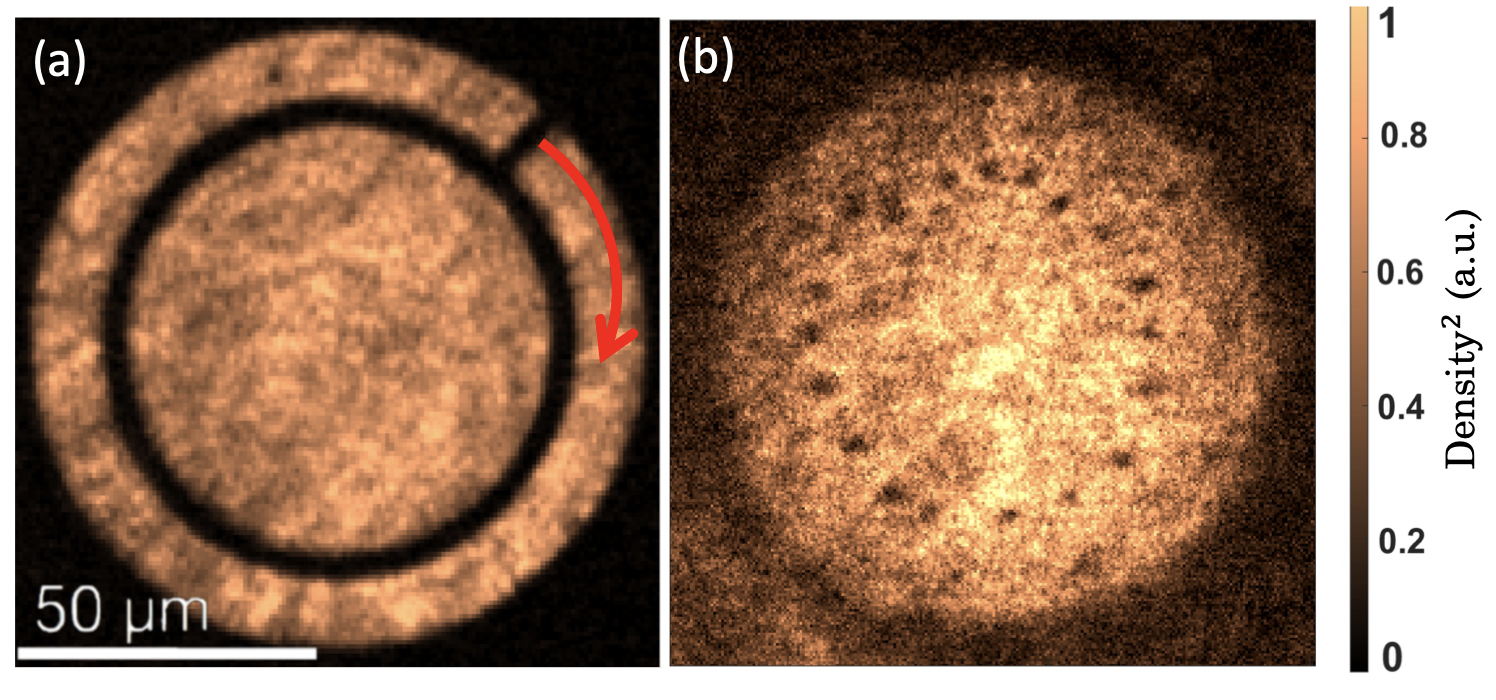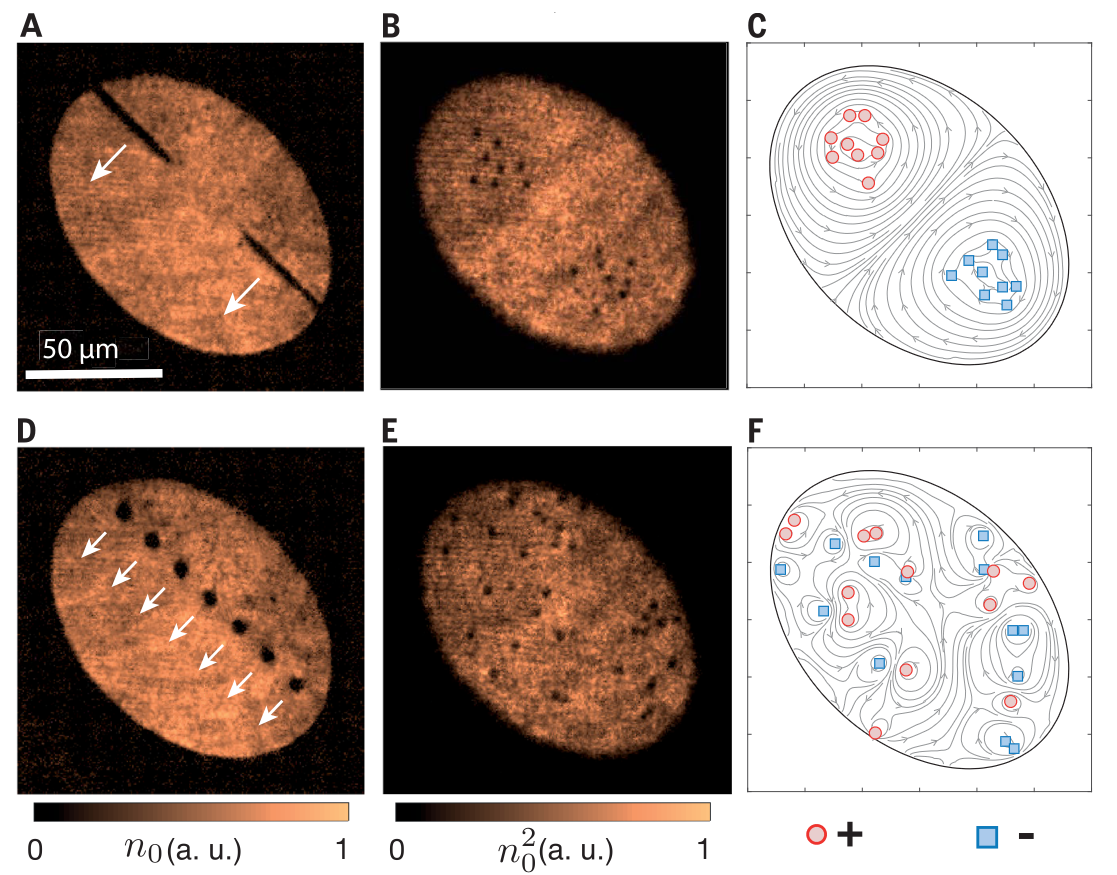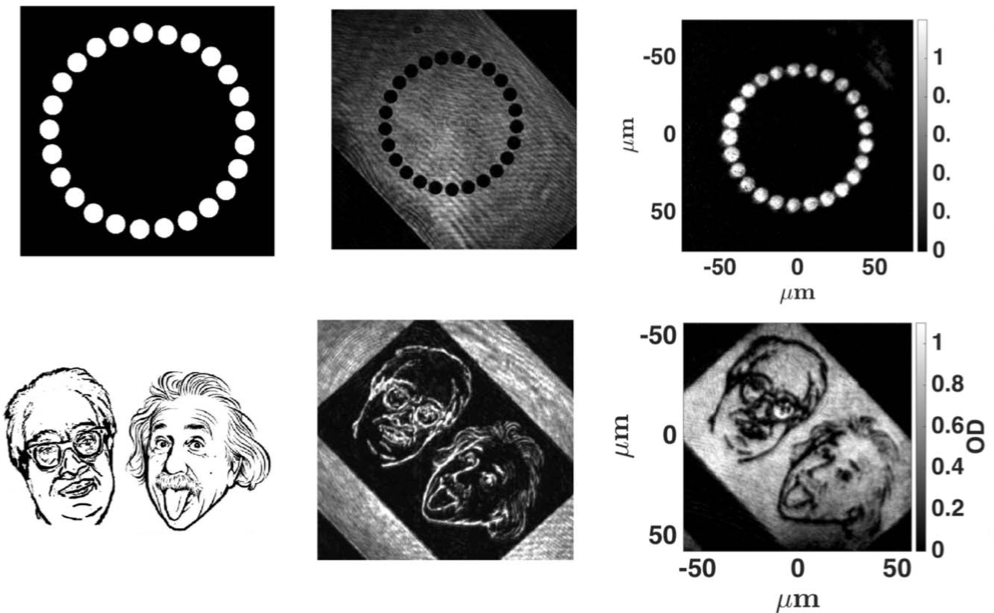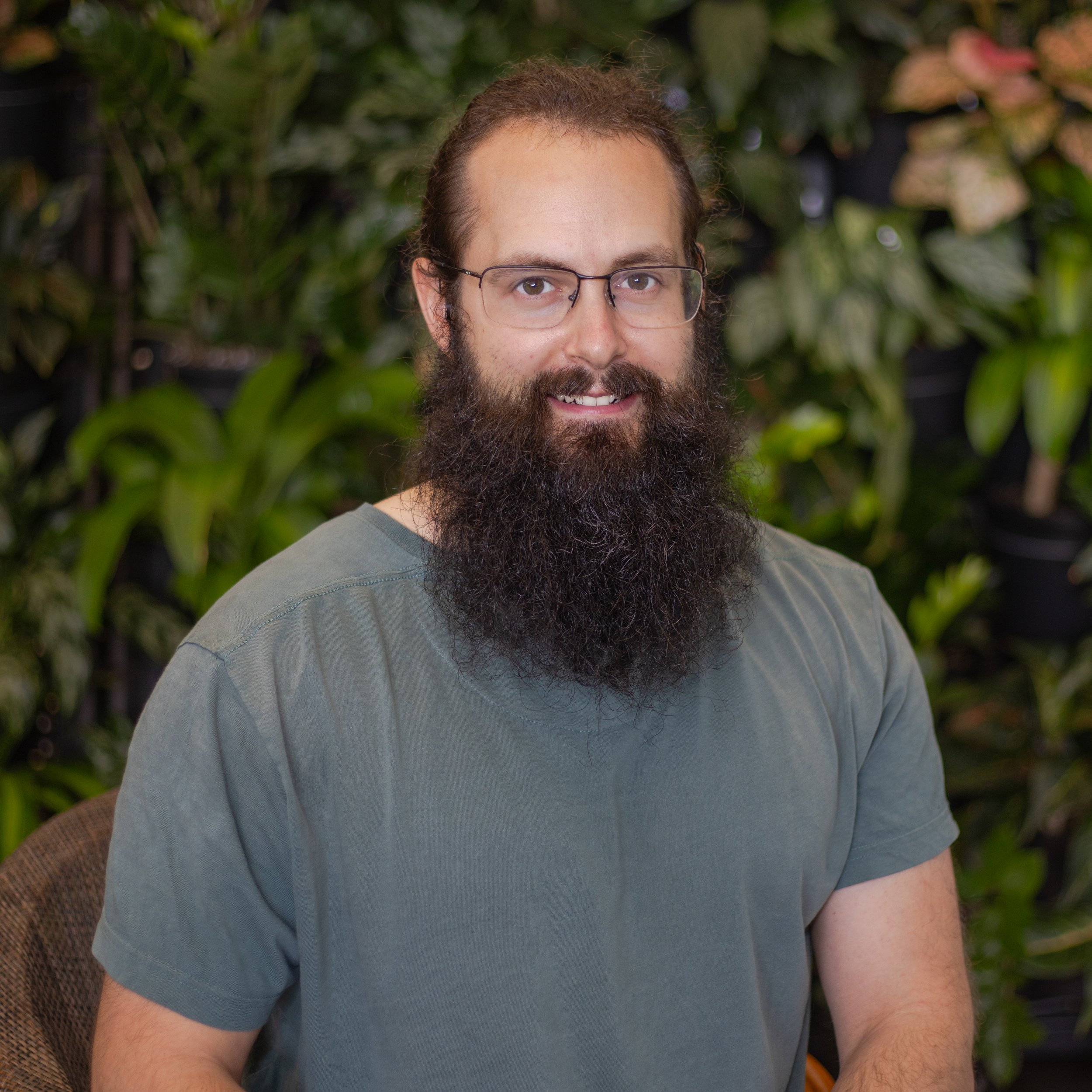ARC Centre of Excellence for Engineered Quantum Systems (EQUS) - CE1101013 (2011-16); CE170100009 (2017–2024)
The future of technology lies in controlling the quantum world. The ARC Centre of Excellence for Engineered Quantum Systems (EQuS) will deliver the building blocks of future quantum technologies and, critically, ensure Australian primacy in this endeavour. Three strategic research programs will target Quantum Measurement and Control; Synthetic Quantum Systems and Simulation; and Quantum-Enabled Sensors and Metrology. Within these programs, our Centre will exploit the deepest principles and resources of quantum physics to solve specific problems in engineering, chemistry, biology and medicine, stimulating the Australian scientific and engineering communities to exploit (and benefit from) transformative quantum devices.
Despite the fundamentally different dissipation mechanisms, many laws and phenomena of classical turbulence equivalently manifest in quantum turbulence. The Reynolds law of dynamical similarity states that two objects of same geometry across different length scales are hydrodynamically equivalent under the same Reynolds number, leading to a universal drag coefficient law. In this work we confirm the existence of a universal drag law in a superfluid wake, facilitated by the nucleation of quantized vortices. We numerically study superfluid flow across a range of Reynolds numbers for the paradigmatic classical hard-wall and the Gaussian obstacle, popular in experimental quantum hydrodynamics. In addition, we provide a feasible method for measuring superfluid drag forces in an experimental environment using control volumes.
We study the creation and breakdown of a quantized vortex shear layer forming between a stationary Bose-Einstein condensate and a stirred-in persistent current. Once turbulence is established, we characterize the progressive clustering of the vortices, showing that the cluster number follows a power law decay with time, similar to decaying turbulence in other two-dimensional systems. Numerical study of the system demonstrates good agreement of the experimental data with a point vortex model that includes damping and noise. With increasing vortex number in the computational model, we observe a convergence of the power-law exponent to a fixed value.
We demonstrate a method for generating persistent currents in Bose-Einstein condensates by using a Gaussian process learner to experimentally control the stirring of the superfluid. The learner optimizes four different outcomes of the stirring process: (O.I) targeting and (O.II) maximization of the persistent current winding number and (O.III) targeting and (O.IV) maximization with time constraints. The learner optimizations are determined based on the achieved winding number and the number of spurious vortices introduced by stirring. We find that the learner is successful in optimizing the stirring protocols, although the optimal stirring profiles vary significantly depending strongly on the choice of cost function and scenario. These results suggest that stirring is robust and persistent currents can be reliably generated through a variety of stirring approaches.
Charles W. Woffinden, Andrew J. Groszek, Guillaume Gauthier, Bradley J. Mommers, Michael. W. J. Bromley, Simon A. Haine, Halina Rubinsztein-Dunlop, Matthew J. Davis, Tyler W. Neely, Mark Baker, SciPost Phys. 15, 128 (2023) - Published 2 October 2023
In this work, we cool down rubidium atoms to close to absolute zero to form a Bose Einstein Condensate. We form this condensate into a ring, then create sound waves travelling around the circumference of the ring. These sound waves (or phonons) create a standing wave in the density of the condensate, with high- and low-density points around the ring which act as markers. Due to the superfluid nature of the condensate, these markers stay in the same location of the ring and don’t rotate, even if the lab frame of reference is rotating (e.g. due to Earth’s rotation). This means that these markers act as an absolute frame of reference - like the north-seeking pole on a compass and so could potentially be used for navigation in situations where satellite navigation is not available e.g. under water.
M. Reeves et. al
Phys. Rev. X 12, 011031
In this work, we explored the relaxation of initially non-equilibrium configurations of vortices. Impressively, the vortex configurations in equilibrium were found to closely match the predictions of the point vortex model.
B. Mommers et. al
In this work, we experimentally demonstrate the application of Husimi's solution to an interacting many-body system, namely optically- and magnetically-trapped Bose-Einstein condensates subject to resonant and off-resonant linear magnetic driving potentials.
M Baker et al, 2021
AVS Quantum Sci. 3, 039201 (2021)
Roadmap on Atomtronics: State of the art and perspective, has now been published online in AVS Quantum Sci. 3, 039201 (2021). This is a review of the latest progress in atomtronics-enabled quantum technologies, such as matter-wave circuits and atom chips.
Gauthier Guillaume et al, 2020
Advances In Atomic, Molecular, and Optical Physics Volume 70, 2021, Pages 1-101
Our review of configured optical trapping techniques for cold atoms has been posted on the arXiv. We have aimed for a detailed technical review that highlights some of the subtleties in implementing acousto-optic deflector, DMD and SLM traps, as a complete guide to the experimentalist. The chapter will appear in Advances in Atomic Molecular and Optical Physics later this year.
A Pritchard et. al
In a 2-component BEC, confined in an all optical line trap, we use a spin-dependent optical barrier beam to localise one of the spin components. By time-averaging the beam we can furthermore create multiple spin sites.
Stockdale Oliver R. et al, 2020
Physical Review Research, 2, 3
A large ensemble of quantum vortices in a superfluid may itself be treated as a novel kind of fluid that exhibits anomalous hydrodynamics.
Gauthier Guillaume et al, 2019
Physical Review Letters, 123, 26
We experimentally realize a highly tunable superfluid oscillator circuit in a quantum gas of ultracold atoms and develop and verify a simple lumped-element description of this circuit.
Gauthier Guillaume et al, 2019
Science, 364, 6447, pp. 1264-1267
Adding energy to a system through transient stirring usually leads to more disorder. In contrast, point-like vortices in a bounded two-dimensional fluid are predicted to reorder above a certain energy, forming persistent vortex clusters.
Bell Thomas A. et al, 2018
Physical Review A, 98, 1
Rapidly scanning magnetic and optical dipole traps have been widely utilized to form time-averaged potentials for ultracold quantum gas experiments.
Olsen M. K., Neely T. W. and Bradley A. S., 2018
Physical Review Letters, 120, 23
Conventional wisdom is that quantum effects will tend to disappear as the number of quanta in a system increases, and the evolution of a system will become closer to that described by mean-field classical equations.
Rubinsztein-Dunlop Halina et al, 2017
Journal of Optics, 19, 1, pp. 13001
Structured light refers to the generation and application of custom light fields. As the tools and technology to create and detect structured light have evolved, steadily the applications have begun to emerge.
Gauthier Guillaume et al, 2016
Optica, 10, 3, pp. 1136-1143
The development of novel trapping potentials for degenerate quantum gases has been an important factor driving experimental progress in the field. The introduction of spatial light modulators (SLMs) into quantum gas laboratories means that a range of configurable geometries are now possible.
Bell T A et al, 2016
New Journal of Physics
Interferometric measurements with matter waves are established techniques for sensitive gravimetry, rotation sensing, and measurement of surface interactions, but compact interferometers will require techniques based on trapped geometries.
McKay Parry Nicholas et al, 2014
Review of Scientific Instruments, 85, 8, pp. 86103
We describe a magnetic coil design utilizing concentrically wound electro-magnetic insulating (EMI) foil (25.4 μm Kapton backing and 127 μm thick layers). The magnetic coils are easily configurable for differentcoil sizes, while providing large surfaces for low-pressure (0.12 bar) water cooling.























